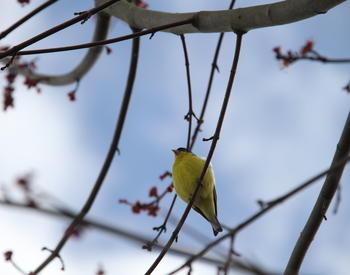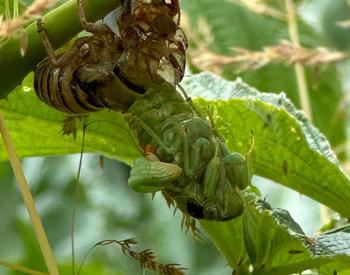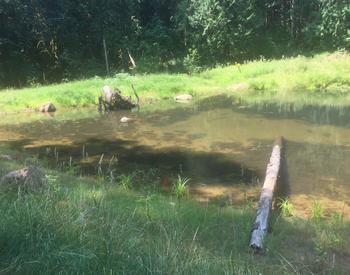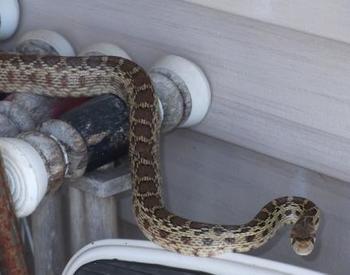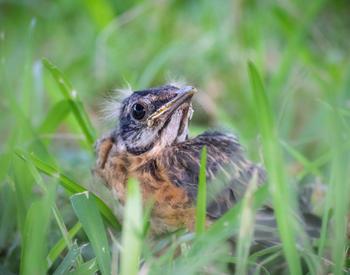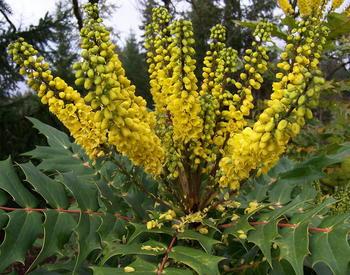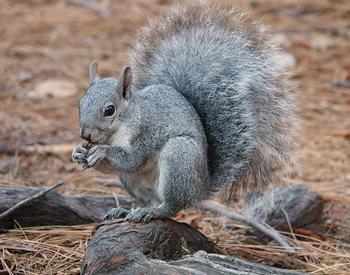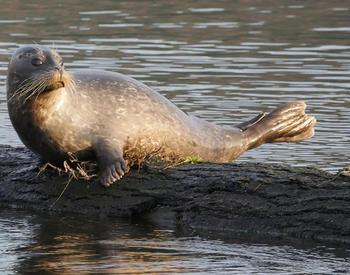There are more than 300 different species of hummingbirds in the world and about a dozen in the United States. The Rufous hummingbird is the one we are most likely to see in Western Oregon.
Here are some fast facts on hummingbirds:
- The iridescence of hummingbird feathers is caused by crystalline structures within the feathers. The rainbow of colors shifts depending on the angle of view.
- Hummingbirds can both hover and fly backward. When hovering, the wings beat about 55 times per second. When the birds are flying forward at full speed, the wings beat 75 times per second.
- Male hummingbirds are aggressive and perform aerial jousts with other males and spectacular acrobatics for the female. They earned the name of "Little Warrior" among some of the Native American tribes.
- Hummingbirds really enjoy flying through sprinkler mist on a hot summer day. They bathe daily.
- The birds have extremely high energy requirements. To survive at night or in cooler weather, they enter a state of torpor to conserve energy. They may appear dead to the casual observer, but should not be handled.
- A hummingbird's energy comes mostly from nectar, but the birds also eat small insects. They have a highly extensible, tubular tongue, which reaches into tubular flowers to suck up nectar. They will also feed on sap running from a plant. Hummingbirds may eat 50-60 times a day.
- If you use a hummingbird feeder, be sure to wash it thoroughly once a week with hot, soapy water, then rinse thoroughly. Molds and bacteria can harm hummingbirds. Do not use honey and water as it molds more rapidly. Honey may contain botulinum toxin and ferments readily, all of which may lead to the death of the hummingbird. While a red feeder is more attractive to the birds, do not add red food coloring to the water in the feeder.
- If wasps or bees become a problem at the feeder, use a bee excluder. If ants come after it, use petroleum jelly on the hanging wire to discourage them.
- The best way to encourage a healthy hummingbird population is to plant a succession of hummingbird plants in your yard.
